A Look Back at World Cup Ski Racing History
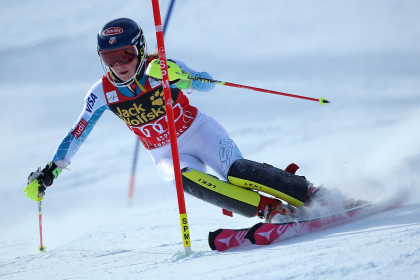
Photo Courtesy of Doug Pensinger
U.S. racer, Mikaela Shiffrin, on her way to winning a Slalom race in Aspen in 2015.
The 1A side of Aspen Mountain is buzzing with activity as crews prepare for World Cup skiing. From March 15-19th, Aspen will host the 2017 World Cup Finals on Aspen Mountain. Before the much anticipated event begins, and fastest ski racers in the World take on the formidable America’s Downhill course, let’s take a look back on Aspen’s rich ski racing history and the legends who helped made it all happen.
In 1950, Aspen held North America’s first Alpine Skiing World Championship, and then starting in 1968, Aspen would start to host World Cup races. Bob Beattie, former U.S. Ski Team coach and the man considered to be the co-founder of the World Cup in the U.S. once said, “You can’t call it a World Cup, if you don’t have races in the U.S.,” when he was helping found an international race series.
Last week, I sat down with Bob Beattie, at his home in Woody Creek, to hear more about how it all began: In the early 1960s, Europe already had an established race series called the Europa Cup, but the U.S. lacked a similar established race circuit and Beattie and World Cup organizer, Serge Lang from France, among others, wanted to change this.
In 1965, Beattie invited the top three teams from the 1964 Olympics (Austria, France, and the United States) to compete in a team event in Vail. This was one of the first events to bring international ski racing to the United States.
Many of the countries that weren’t invited, were furious as they all wanted to come over (to the U.S.) after that. Beattie said that although it was not his intention, the event created a lot of controversy, so after a lot of opinionated discussion back and forth it was decided in 1967 to host the first world cup races.”
The World Cup circuit made its way to Aspen in 1968. The famous U.S. Ski Racer, Billy Kidd, won the Slalom event in front of his home crowd. Aspen has regularly hosted races ever since. In 2015, U.S. rising star Mikaela Shiffrin was the first U.S. woman to win the gold in Aspen in 34 years, since U.S. racer Tamara McKinney won gold in 1981 in the GS. Many Aspenites remember Schifferns heartbreaking crash just two gates from the finish line of the GS, and then a riveting return the next day to win the Slalom by more than 3 seconds, breaking a world record. All of these landmark events happened on our home slope on Aspen Mountain.
World Cup is a landmark event that has helped define the culture of Aspen. It helped raise the standard of ski racing in the United States to that of the level in Europe. Bob Beattie recalled a race at the world’s toughest course in Kitzbuehel, Austria, on the famous Hahnenkamm course.
“I remember watching all of the U.S. racers on our team go into the trees just over the first hill, I was worried we weren’t going to have a team at the end of the day,” Beattie chuckled. “But we survived. That’s the most prestigious race course in the world, and I wanted to see Aspen become the number one place in the U.S..”
Beattie retired from coaching the U.S. ski team in 1969 and went on to start the Nastar program, a professional, televised ski race circuit and worked as a commentator for ESPN and other networks that broadcast ski racing.
But, he is most proud of the work he did to create and support the Aspen Valley Ski Club’s Basecamp Program–which tries to make skiing and ski racing affordable and accessible to every family in the community. Beattie believes that in order to preserve the sport a few things need to change.
“Ski racing hasn’t changed much since the beginning and that’s a problem, I’d like to see some more duel racing (when racers race side-by-side), because people understand that and it’s visually exciting. I’d also like to see more team events. People love the countries, and watching teams from all over the world,” Beattie says.
Beattie believes strong local programs are critical.
“Aspen Valley Ski and Snowboard Club is moving along quite well. It’s starting to get more and more kids, and all of these things are just the beginning of what’s leading up to the World Cup. We need things like this to expand ski racing in the U.S.,” Beattie explained. “Money is not the key.”
Looking forward to the much anticipated World Cup Finals, Beattie encourages students and locals to support the event
“All sorts of people will be in Aspen to come see the finals which is wonderful, but it’s most important to see the locals come out and watch,” he says. Beattie looks forward to the team event, as well as watching the U.S. men and women’s teams speed down Aztec and Straw Pile to the finish at the bottom of 1A.



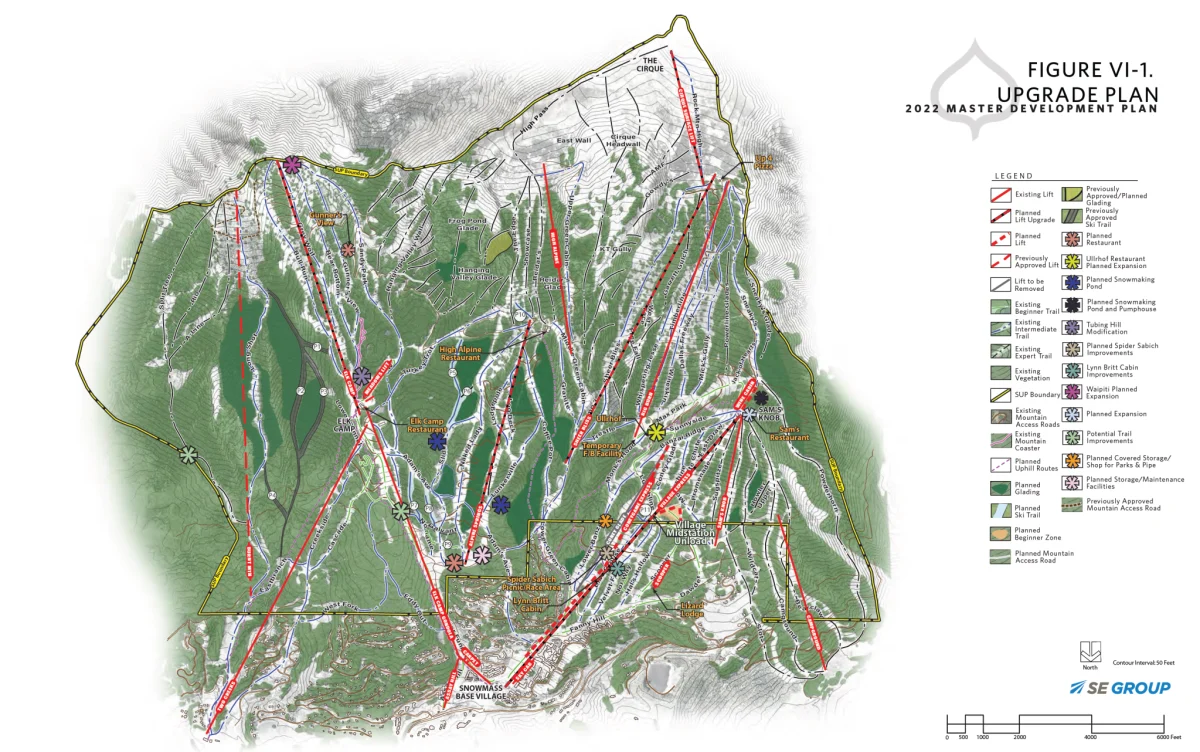


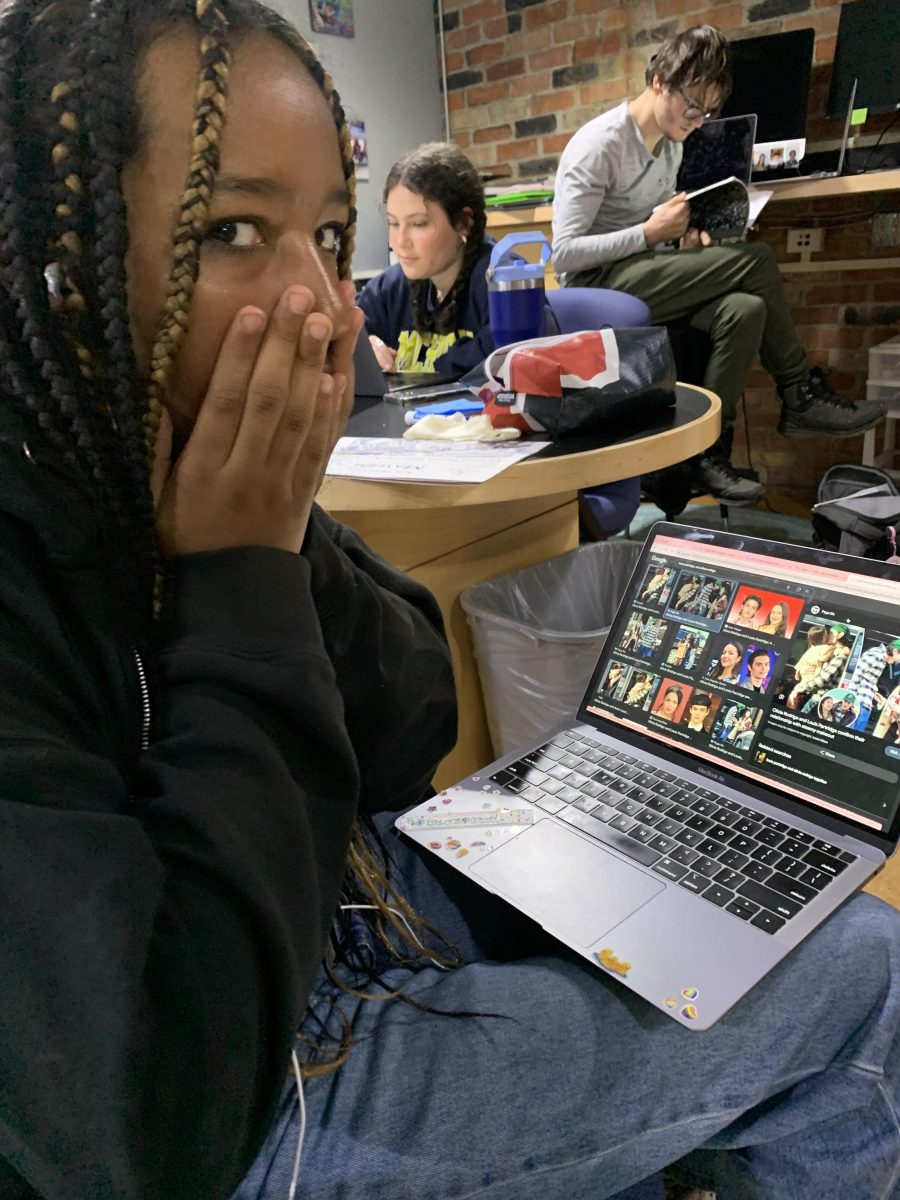

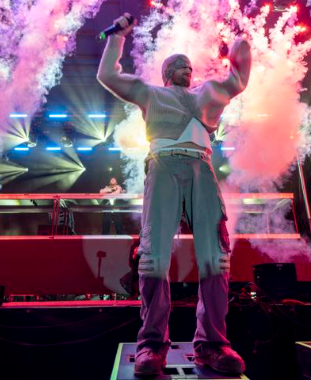

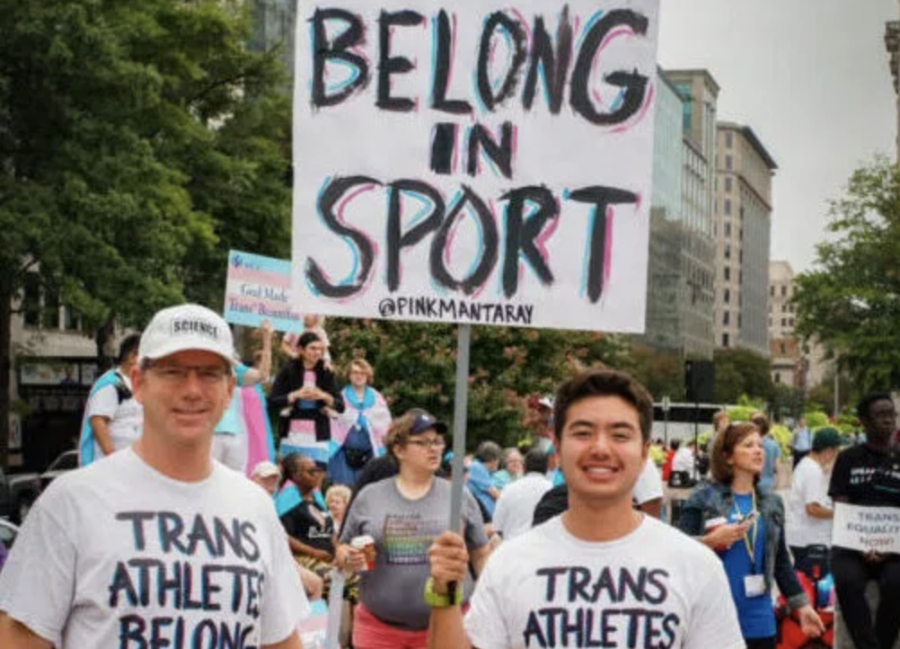
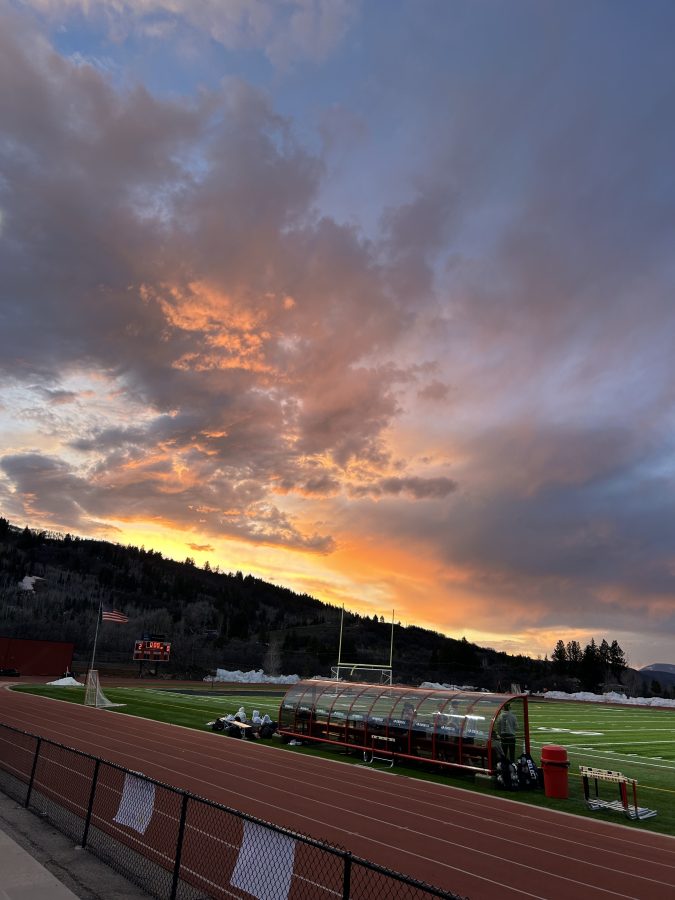





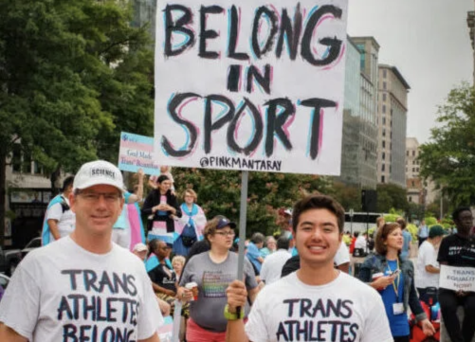
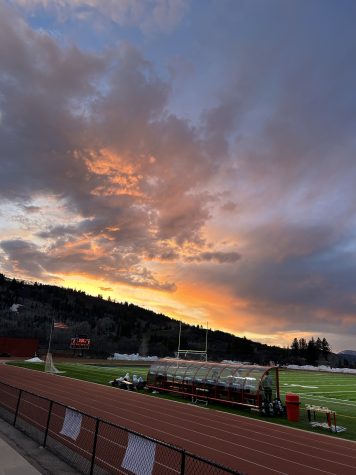
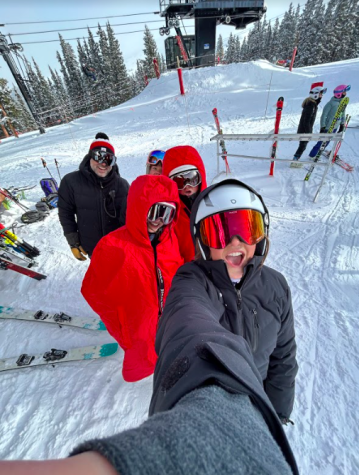
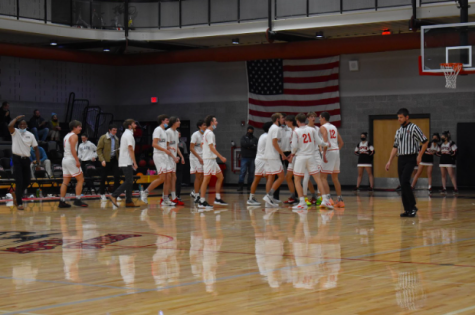
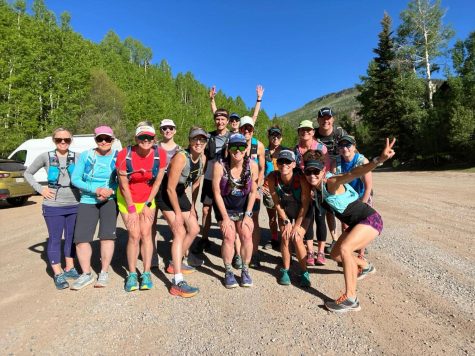
John Fry • Mar 11, 2017 at 1:41 pm
50th anniversary. More on World Cup history, from Jean-Claude Killy. Incidentally, I founded Nastar. — JF
“We were all fans of Formula 1 car racing, in which the best are determined by accumulated results over a season-long competition. So it was easy for us to embrace the plan for a World Cup of Alpine Skiing formulated in1966 by journalist Serge Lang, collaborating with America’s Bob Beattie, France’s Honore Bonnet, and Austria’s Sepp Sulzberger, supported by the Paris-based sport daily l’Equipe, and journalists like Michel Clare, and John Fry who added the Nations Cup to the mix.” – Jean-Claude Killy, in Skiing History Magazine,
January-February 2017.